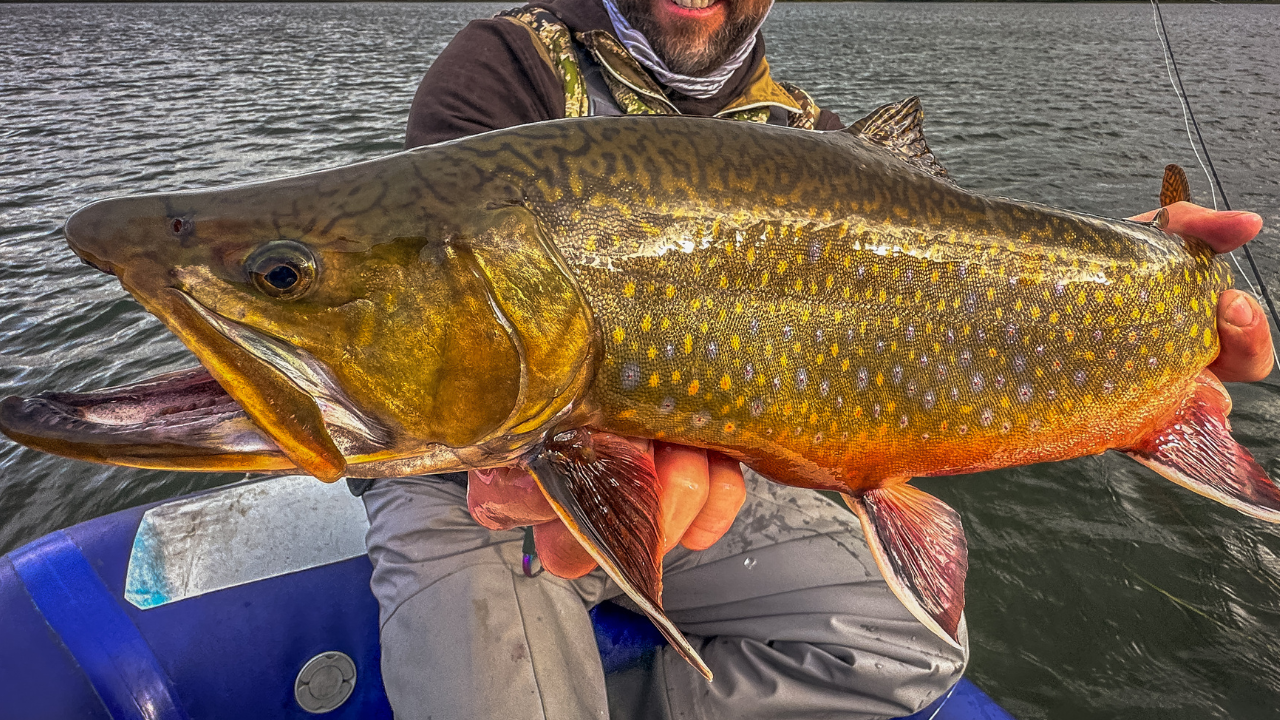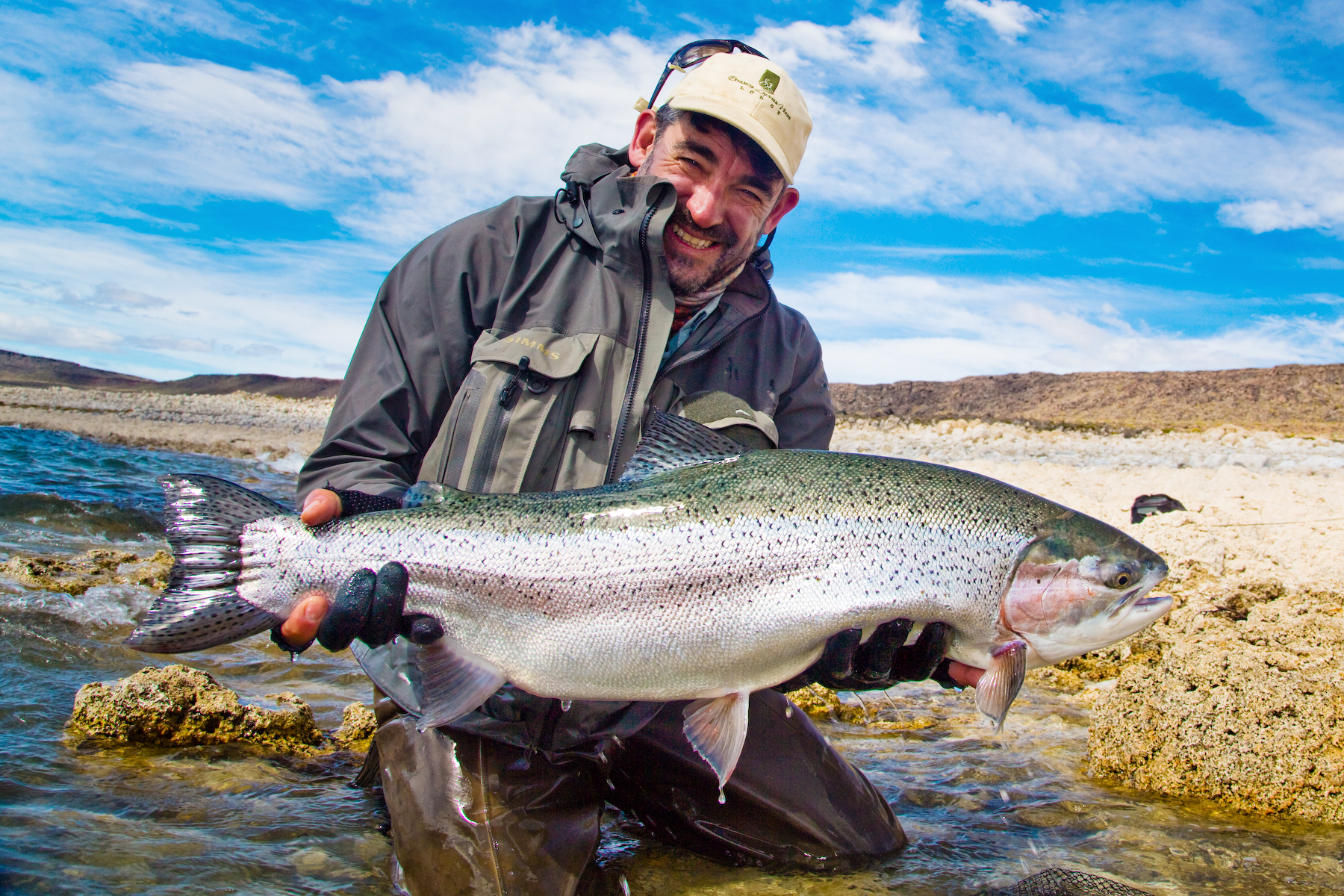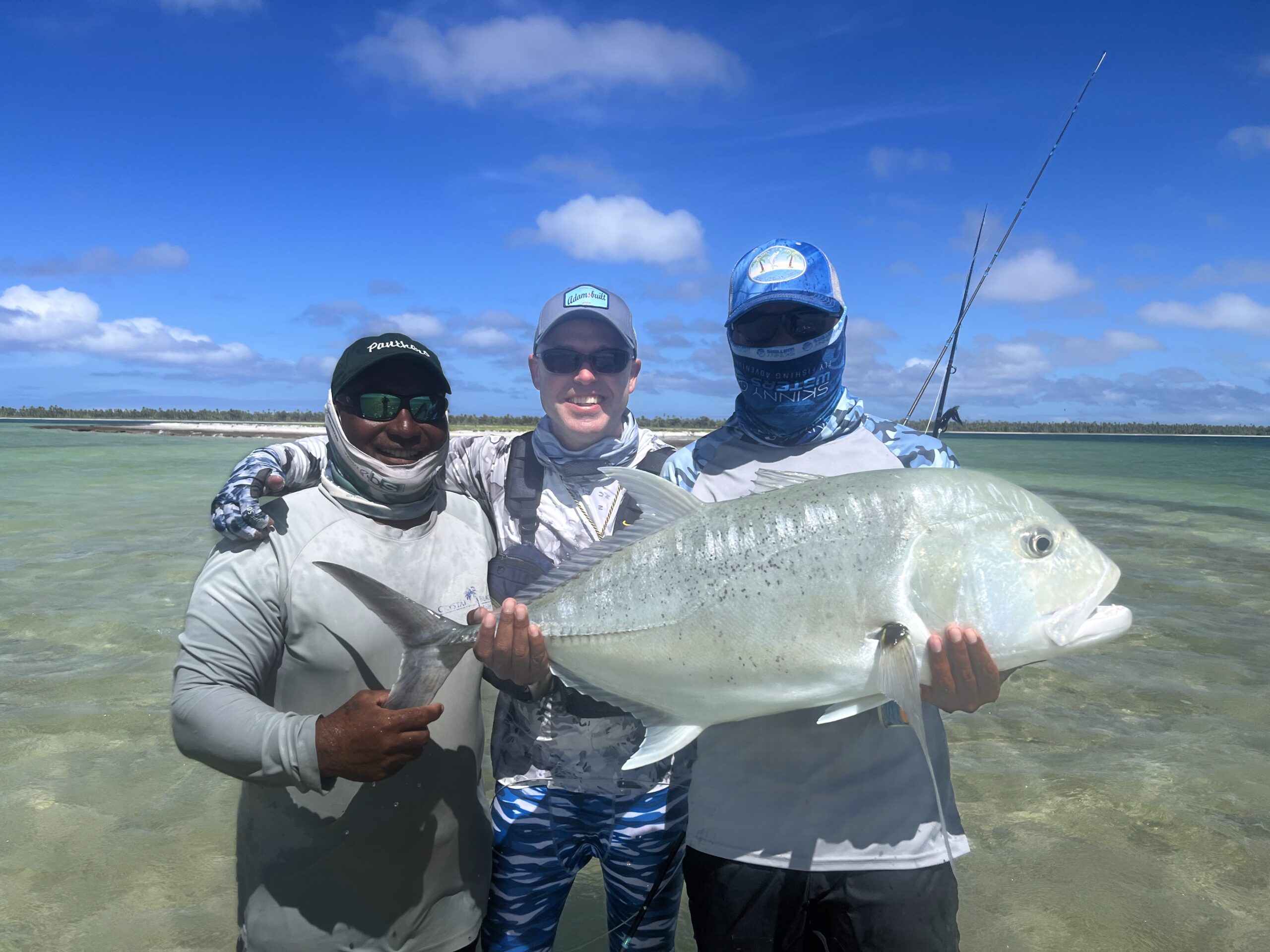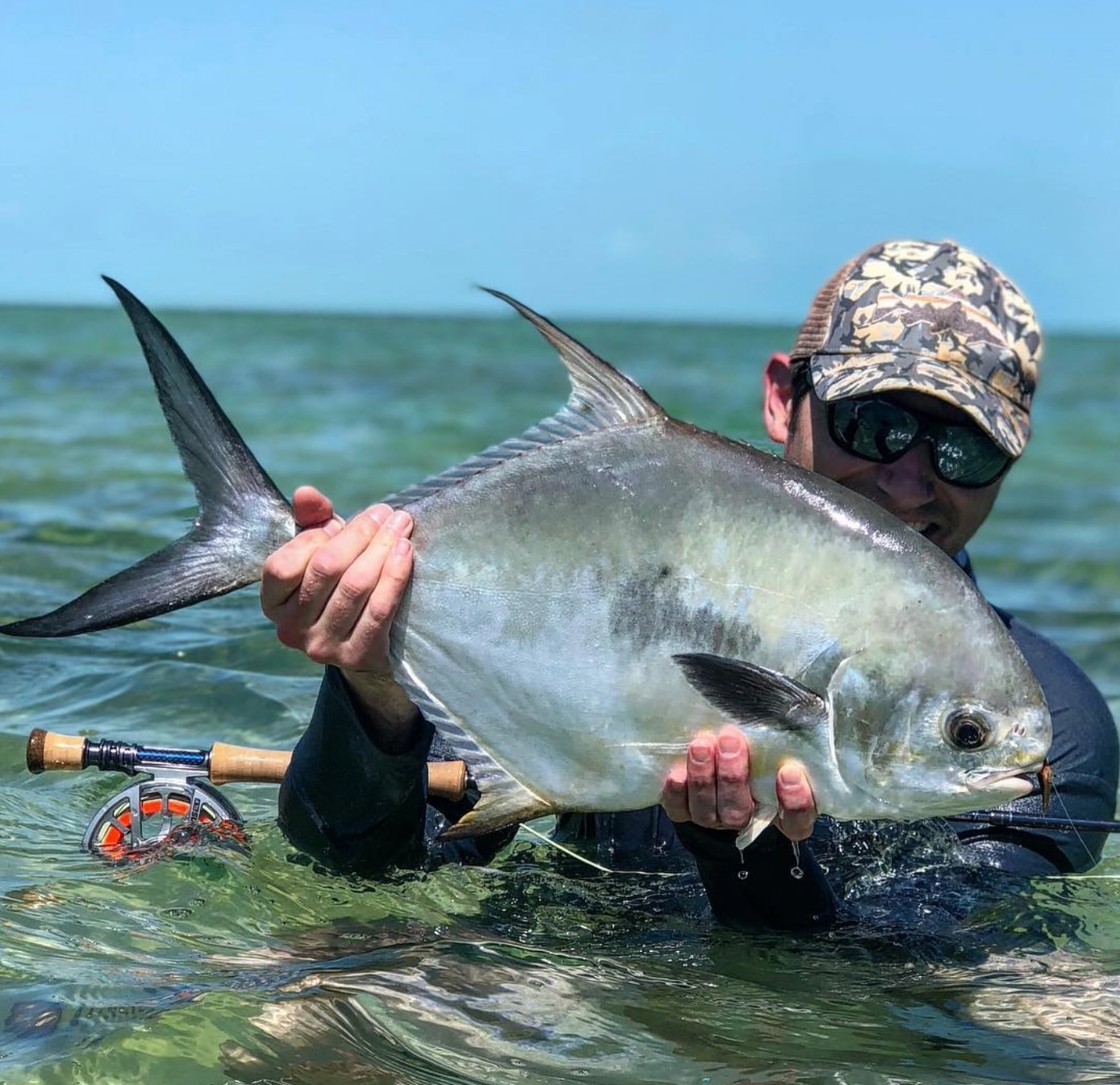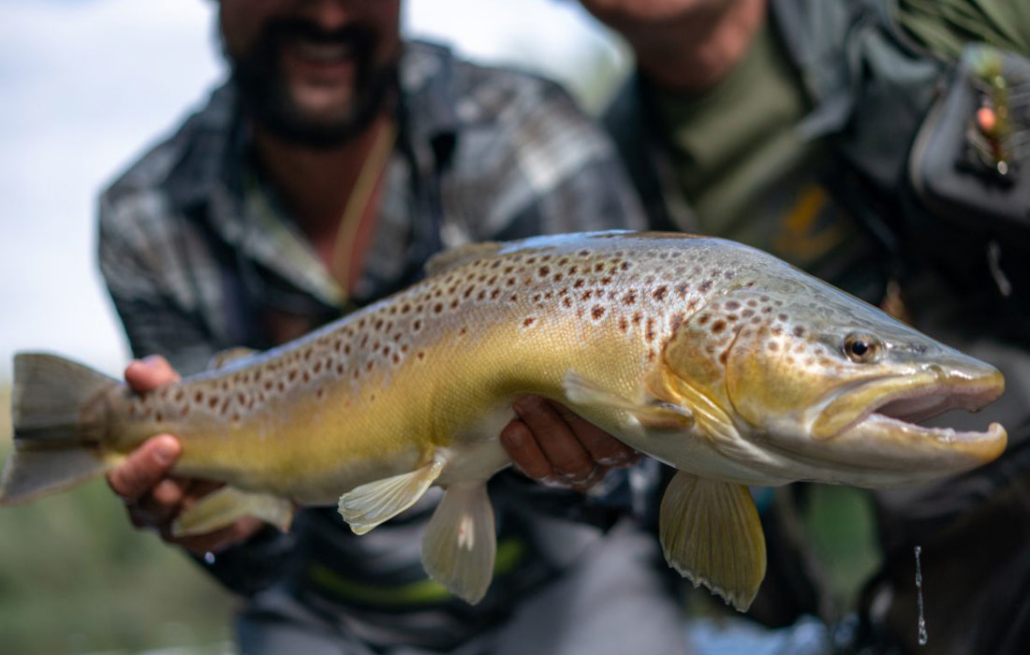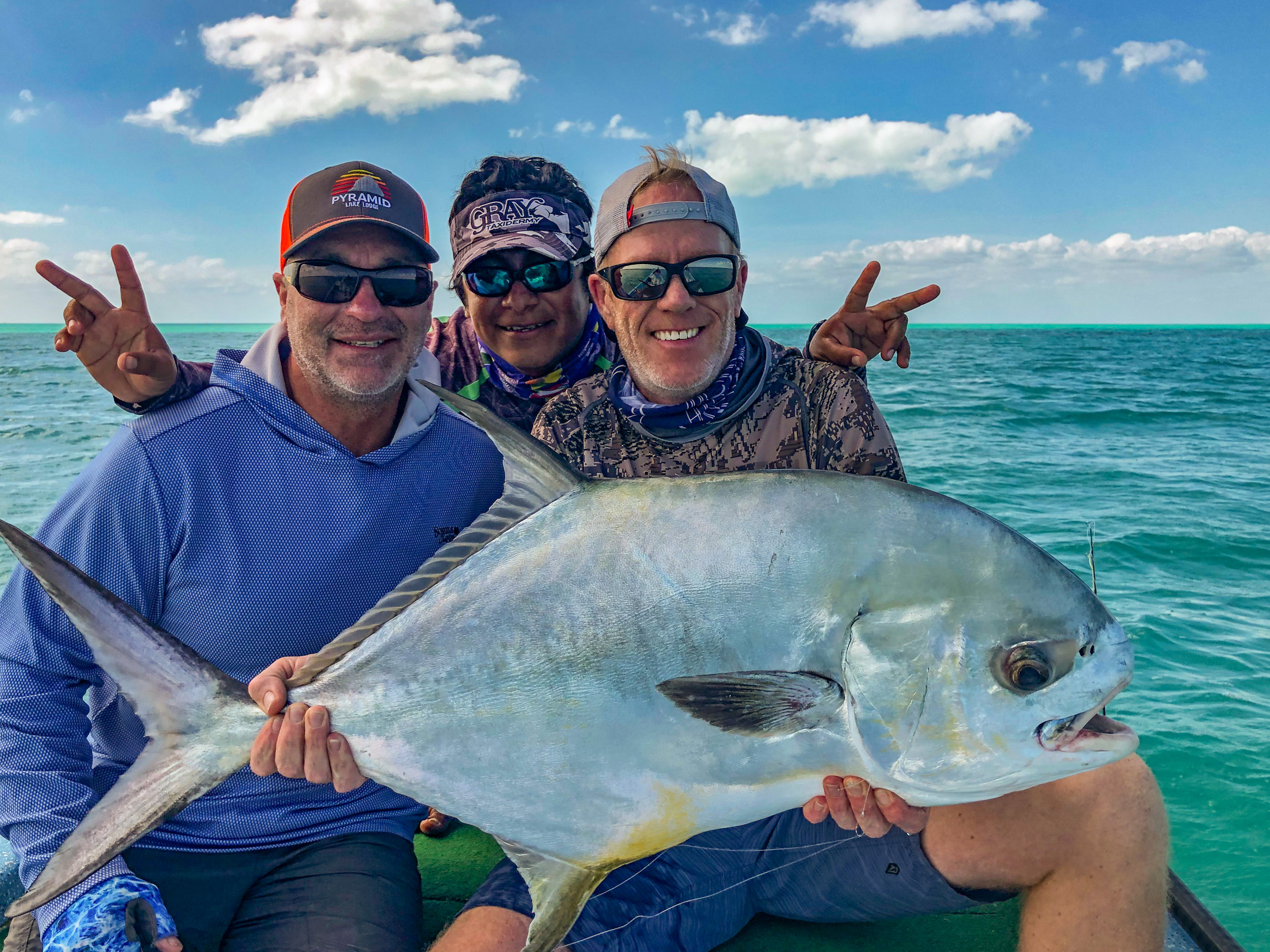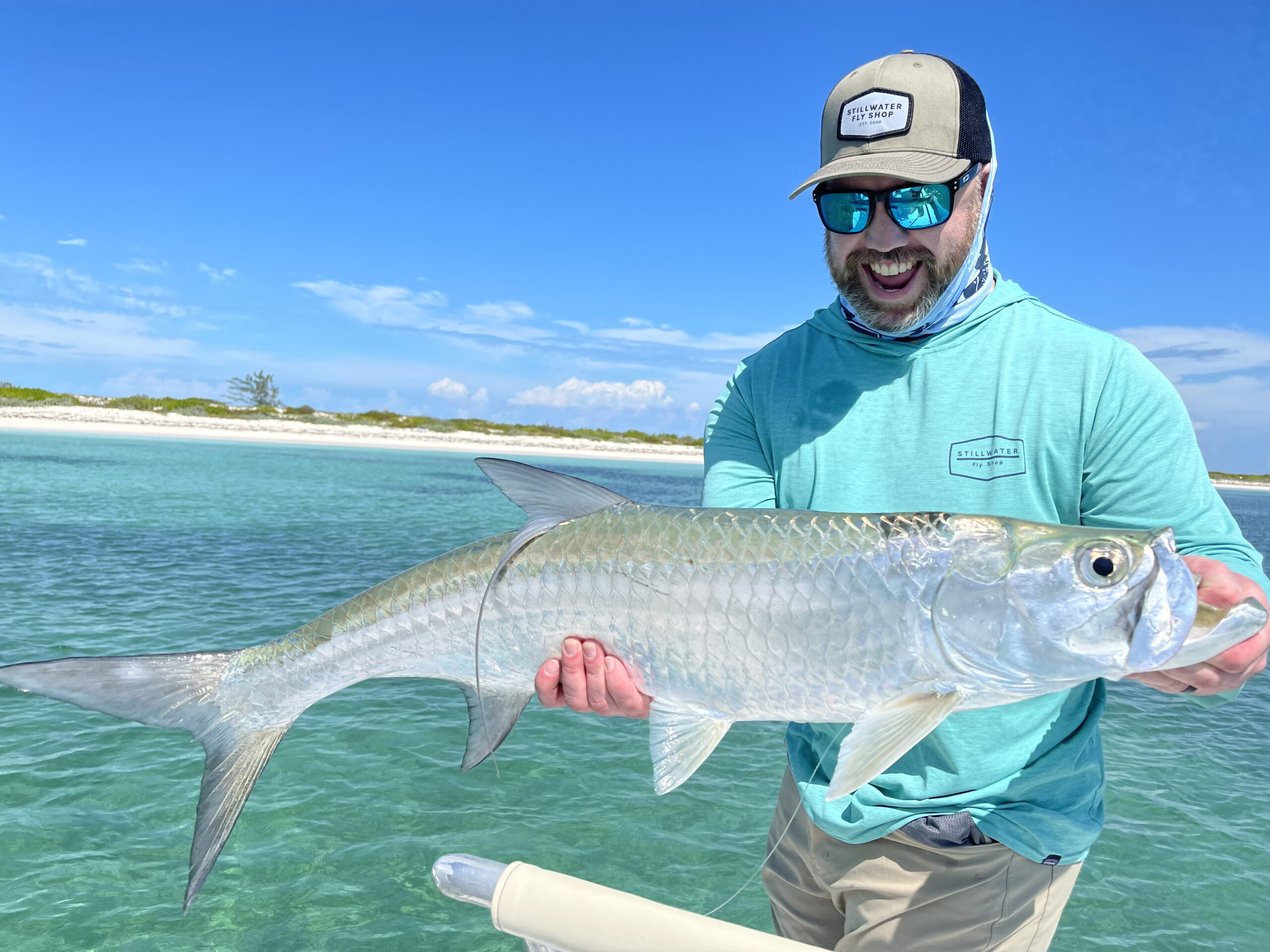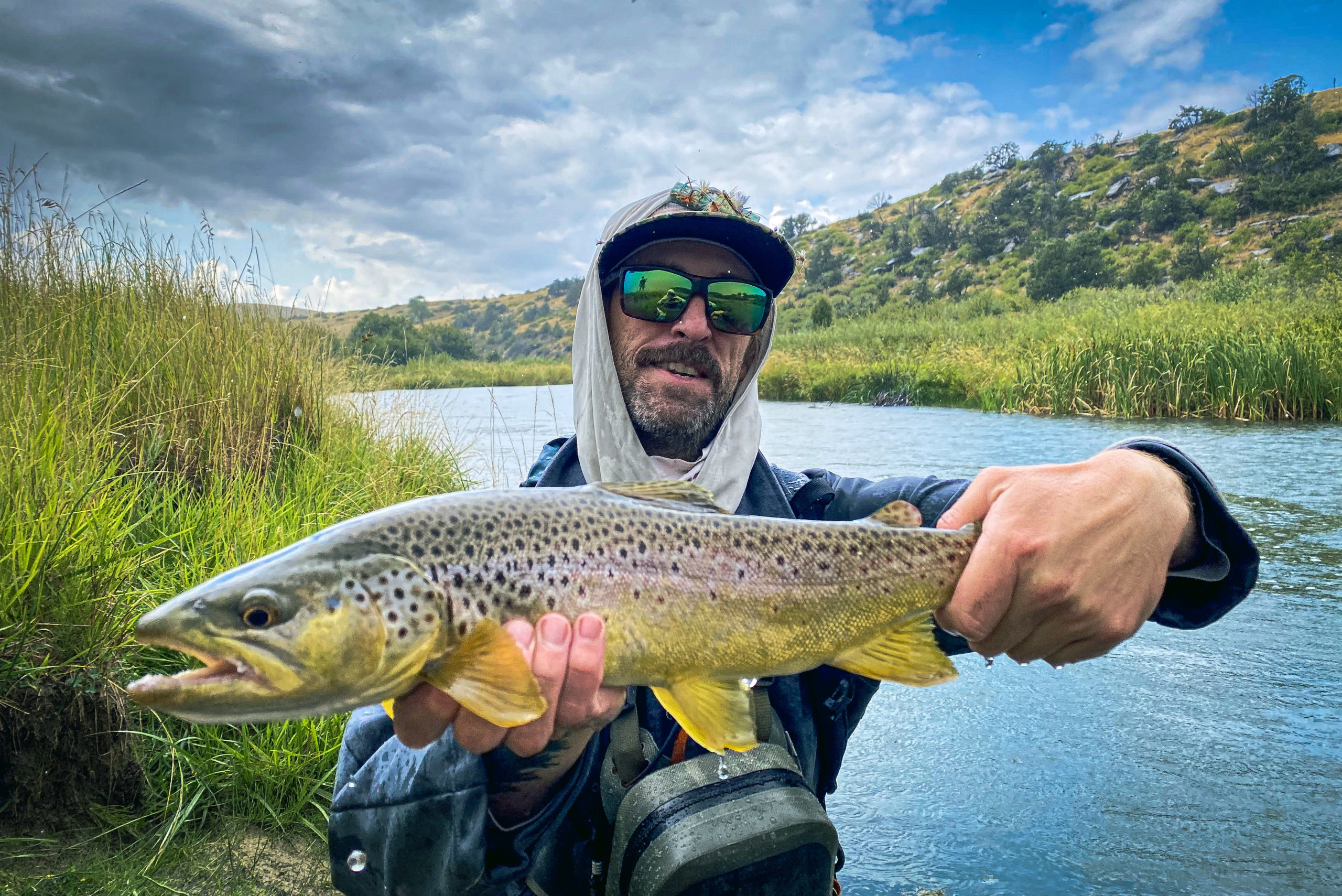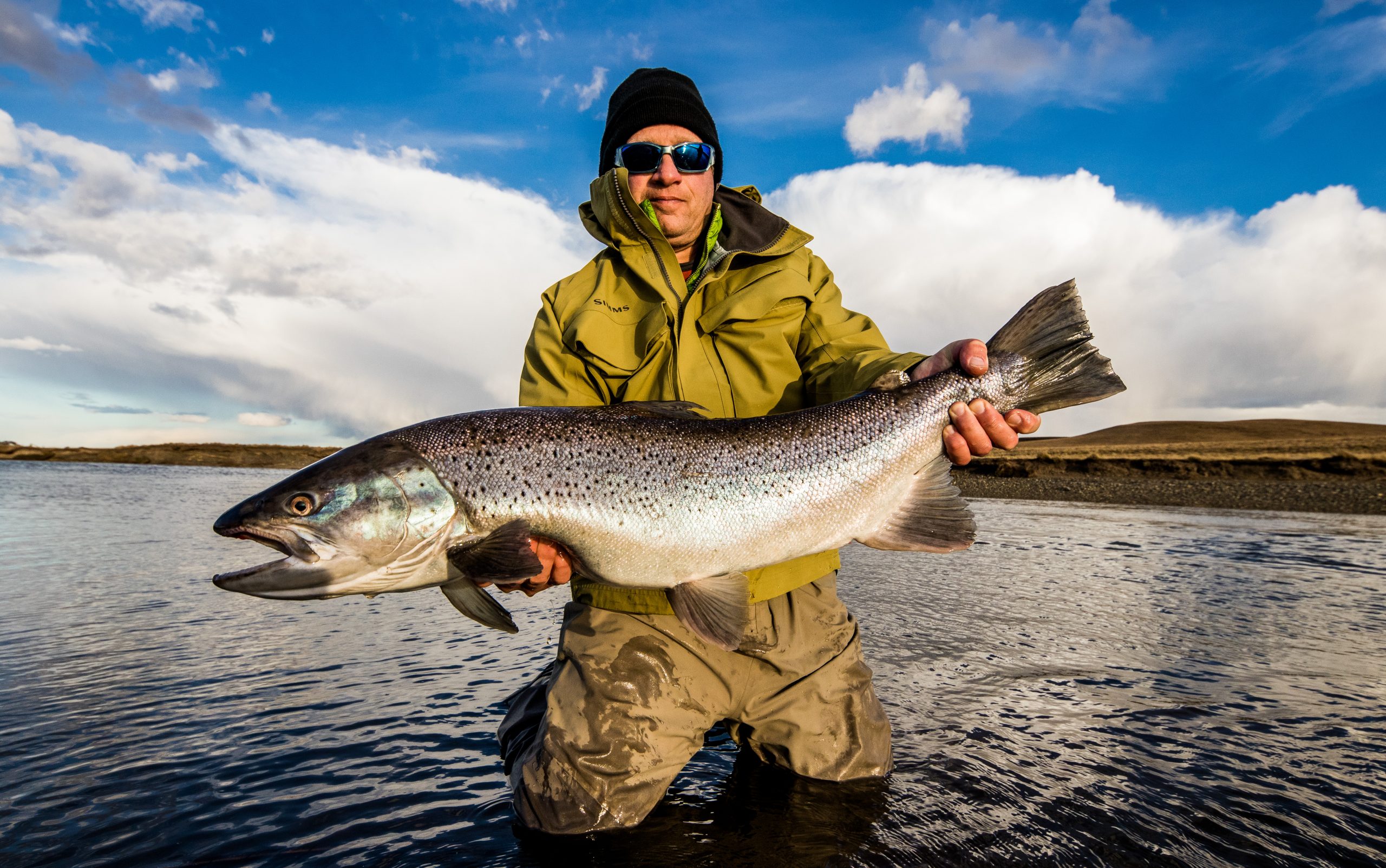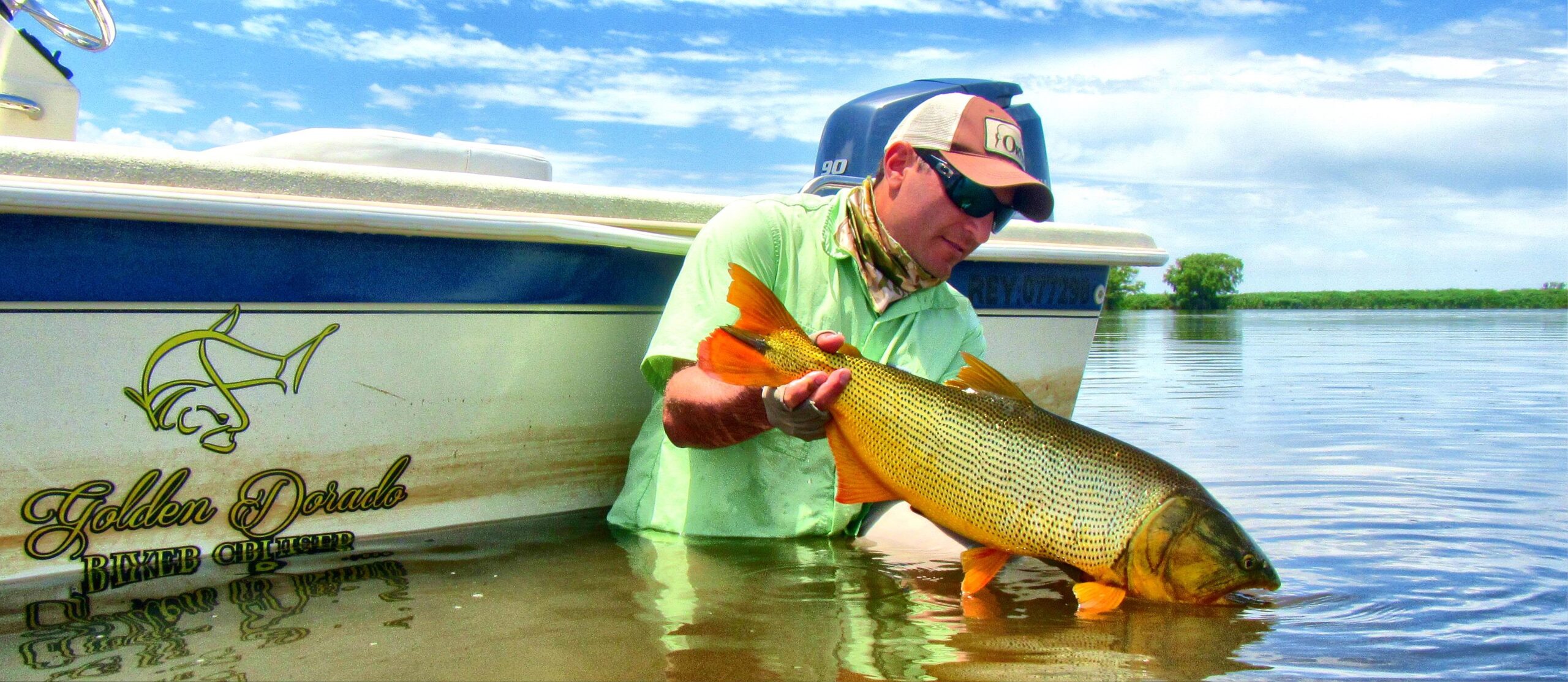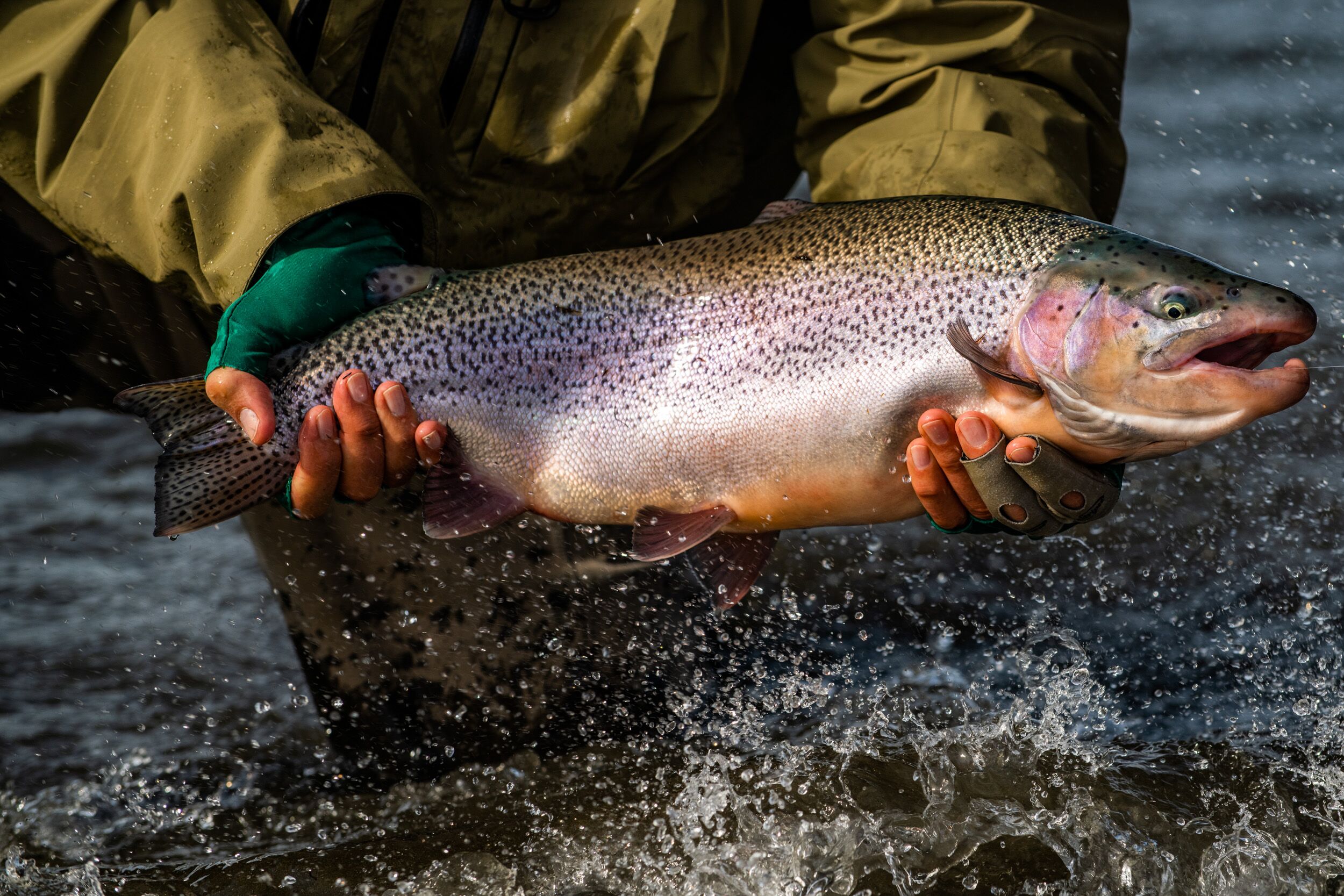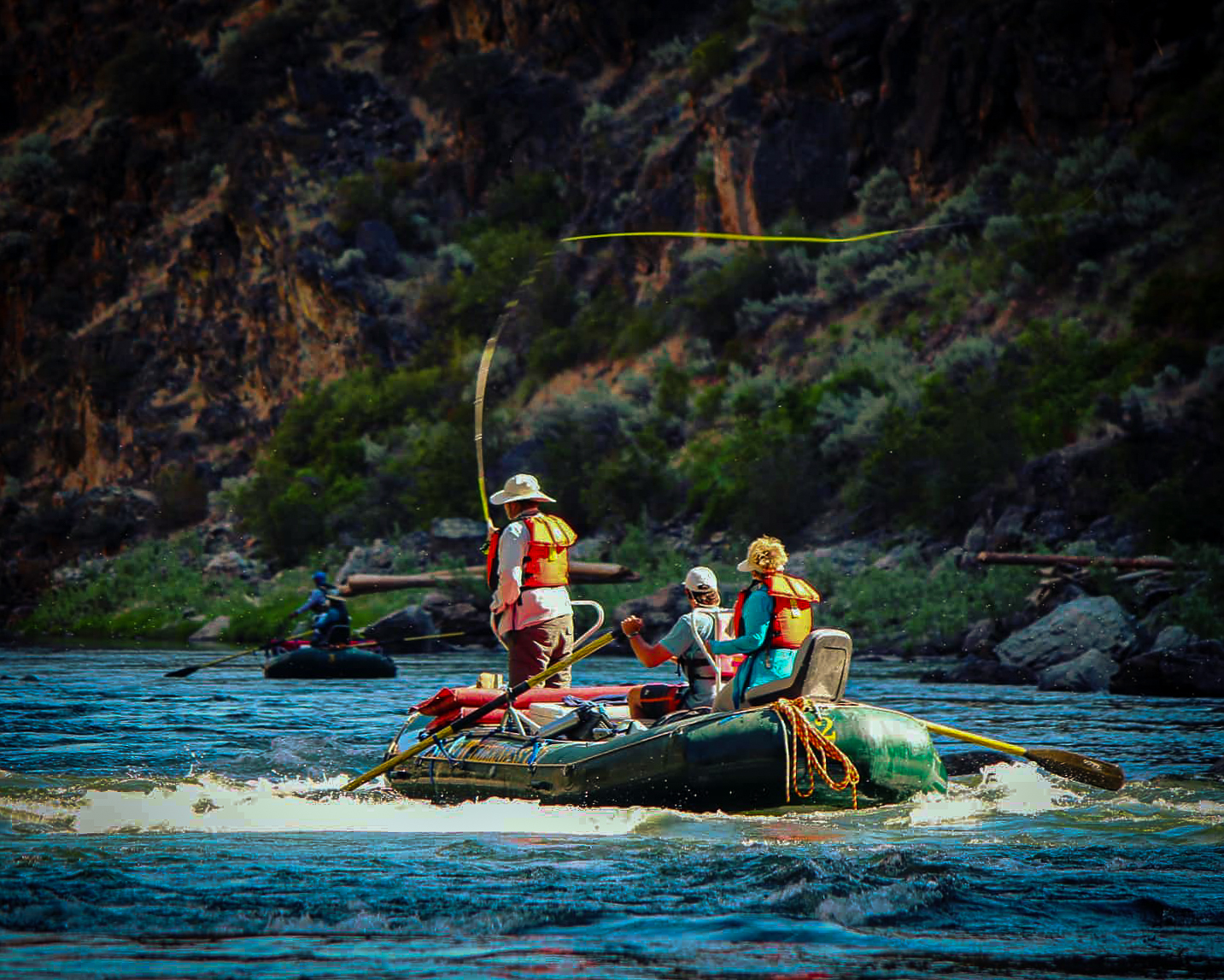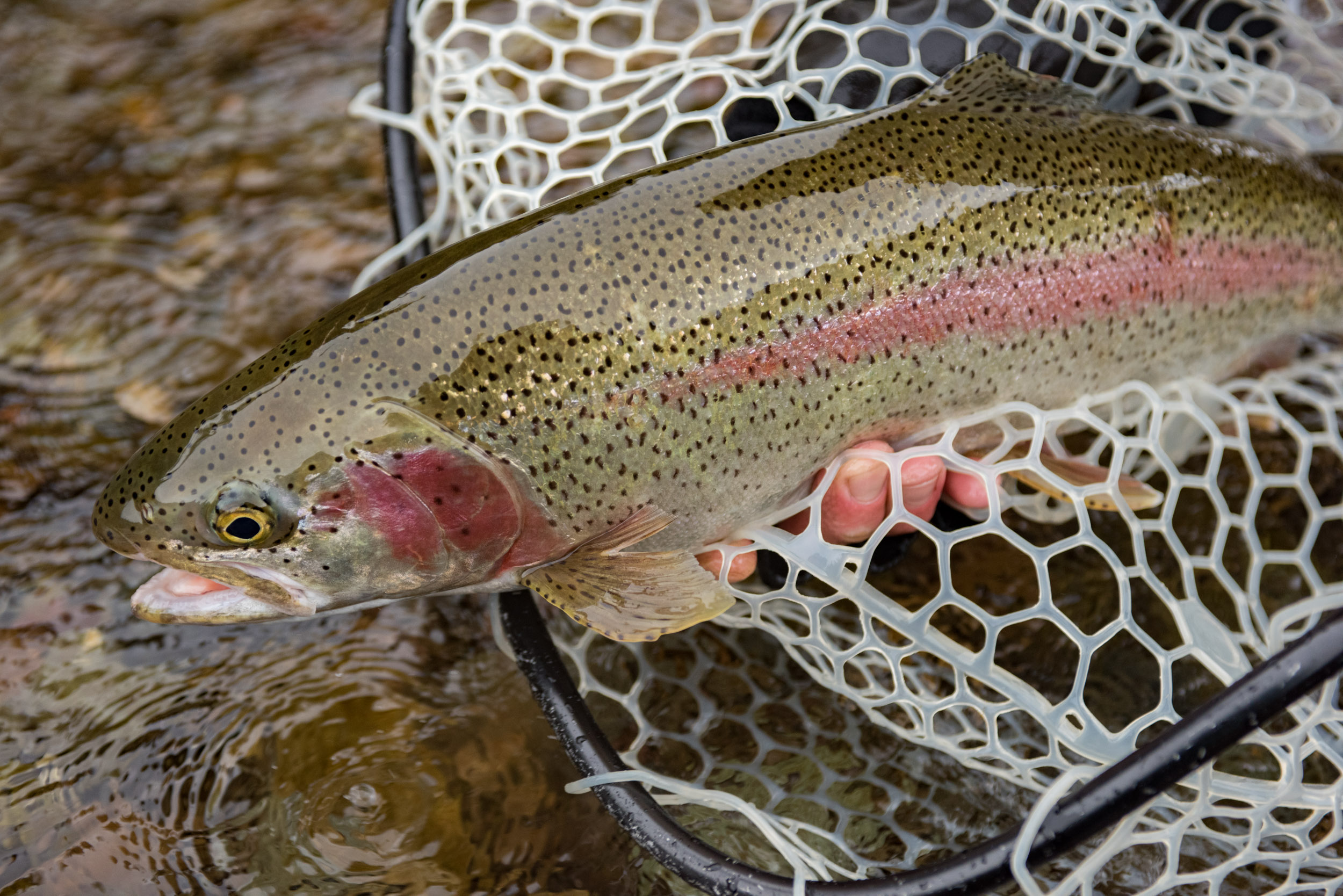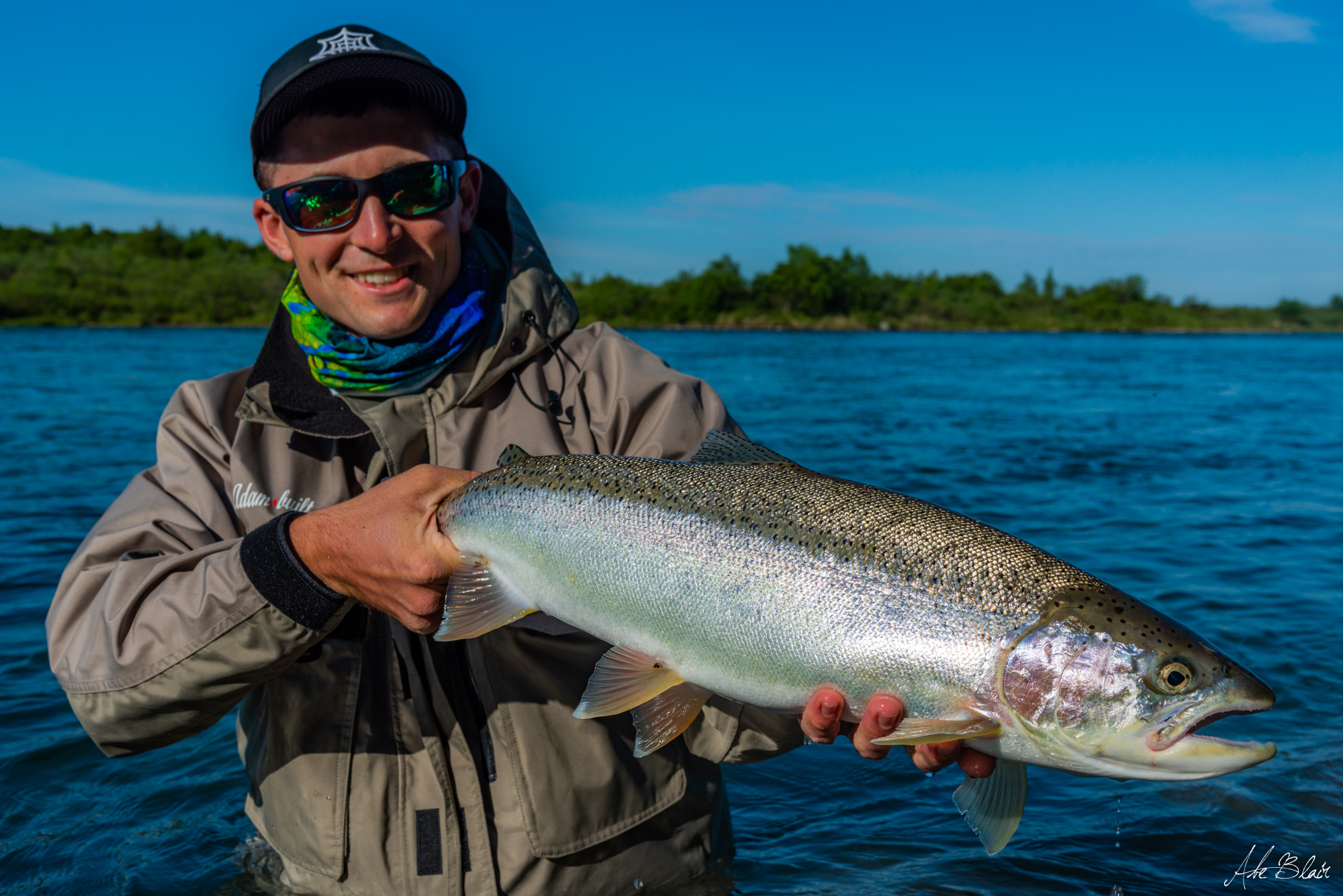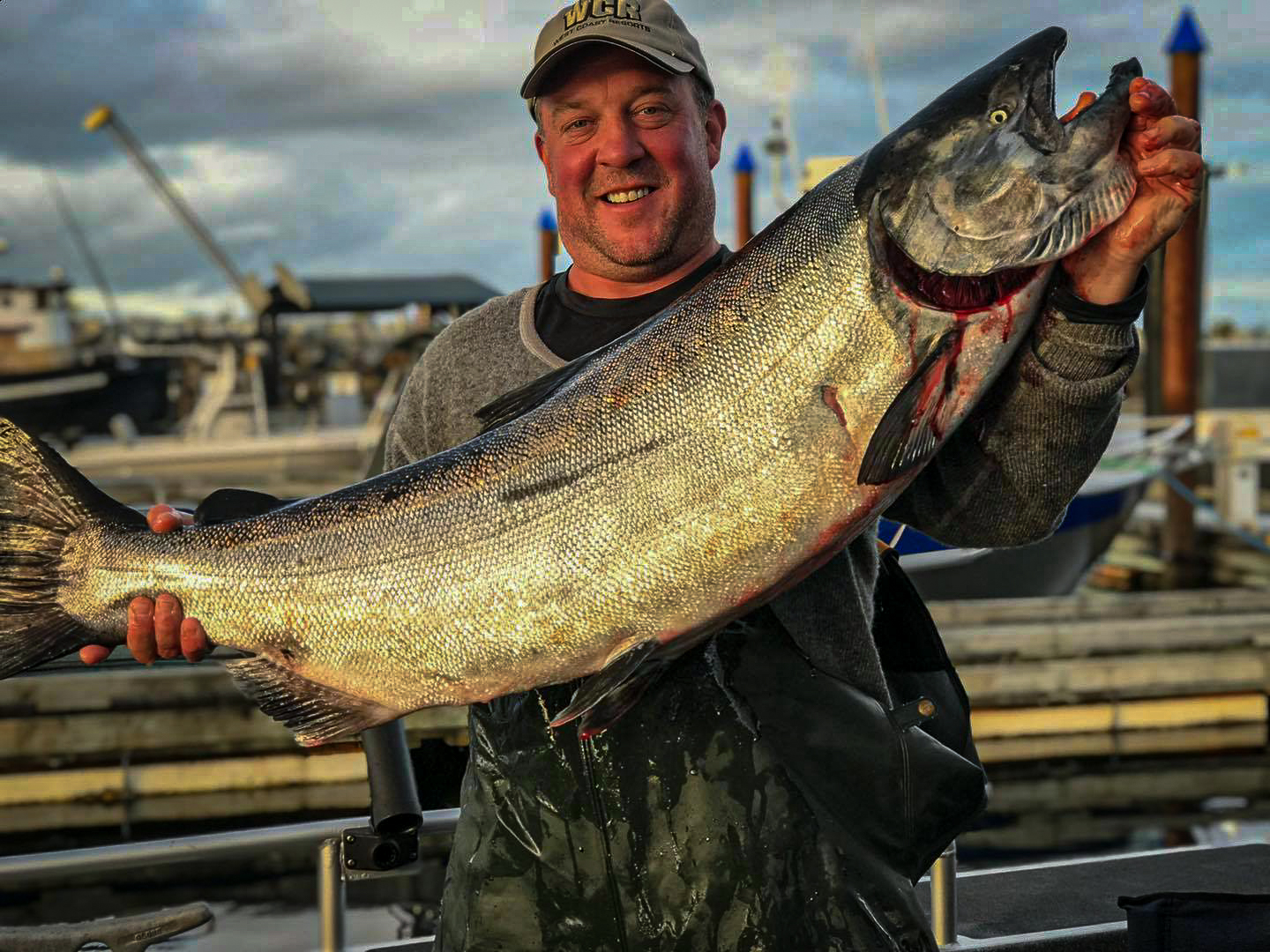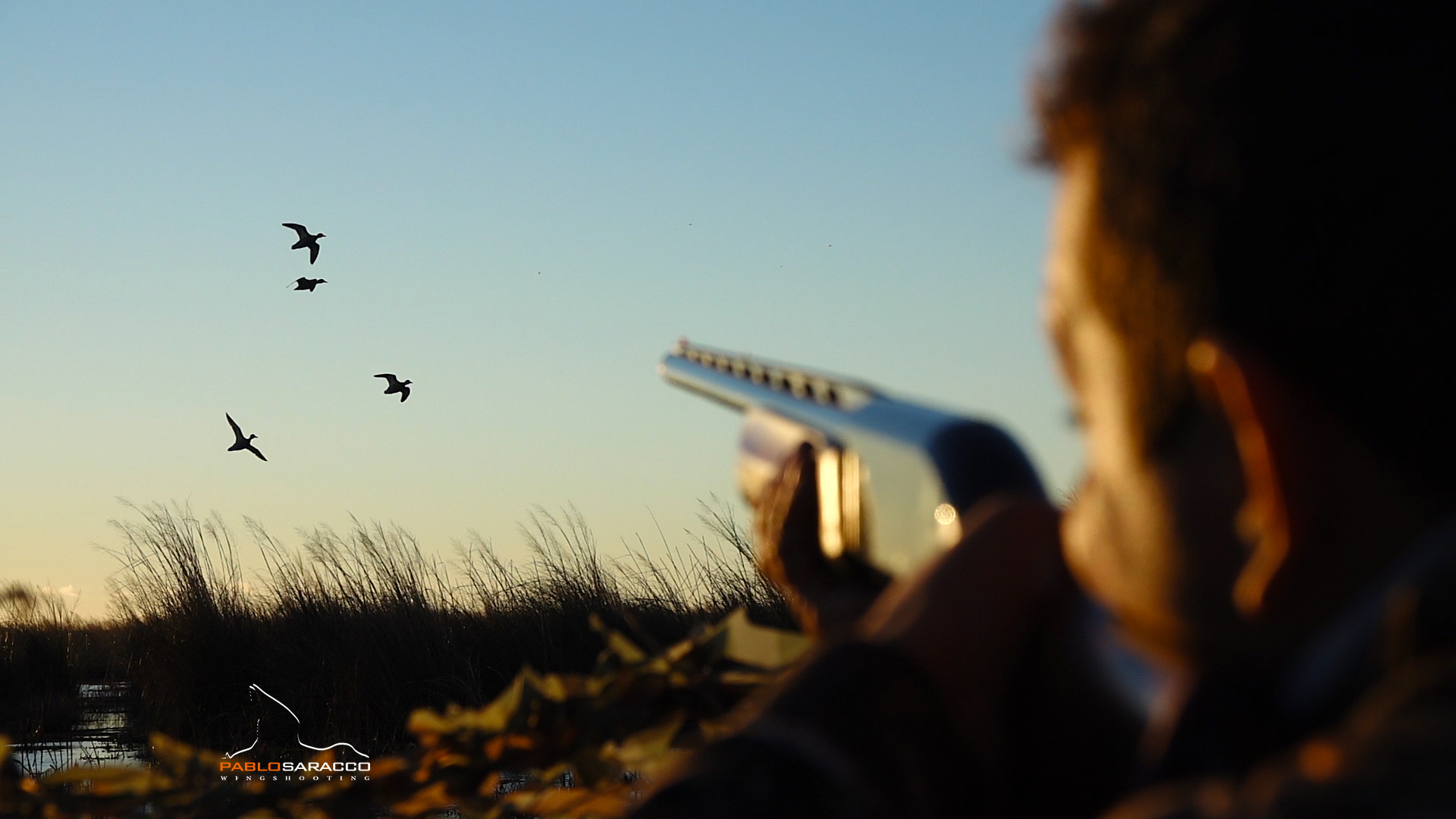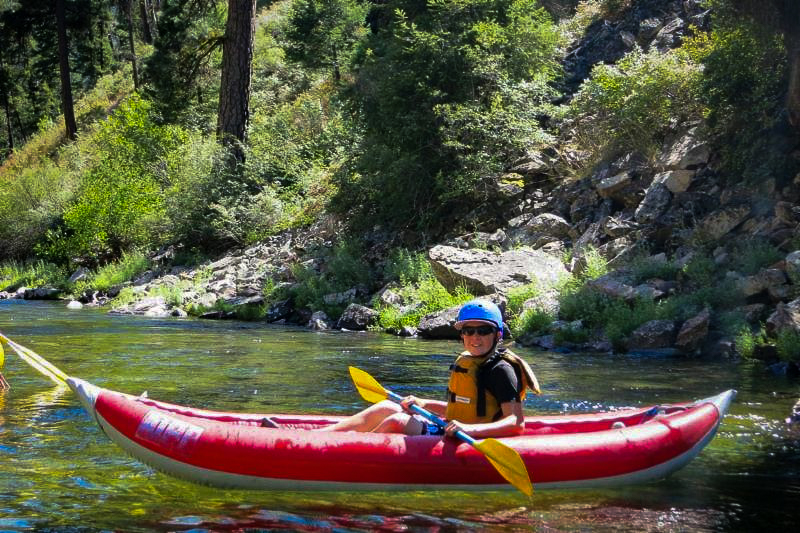News & Updates
4 Ways To Access & Enjoy The Frank Church Wilderness In Idaho
The Frank Church-River of No Return Wilderness is one of the largest wilderness areas in the United States, covering an area of 2.3 million acres in central Idaho. Because it is so vast, there are a few different ways to access the Frank Church Wilderness.
Some Background On “The Church”
The wilderness area is named after Frank Church, a former U.S. Senator from Idaho, who was a strong advocate for wilderness preservation. He played a large role in passing legislation that would create the National Wilderness System in 1964, as well as the River of No Return Wilderness in 1980.
Initially, the official name for this wilderness area was “The River of No Return Wilderness”, which Church had involvement in shaping. However, several weeks after his death in 1984, congress officially changed the name of the wilderness to “The Frank Church-River of No Return Wilderness”.
The Frank Church Wilderness is known for its rugged beauty and abundant wildlife. The area is home to a wide variety of animals native to Idaho, including elk, bighorn sheep, and others. In addition, the wilderness is also home to several fish species, including rainbow trout, Westslope cutthroat, bull trout, steelhead, Chinook salmon, and smallmouth bass. These species thrive in the pristine waters of the Salmon River.
Ways To Access
The Frank Church Wilderness is becoming a popular destination for outdoor enthusiasts, with many opportunities for hiking, camping, fishing, and hunting. There are several ways to access the Frank Church Wilderness, each offering a unique perspective on this incredible area. Here are four ways of accessing and enjoying the Frank Church Wilderness:

1. Float the Salmon River
One of the most popular ways to access the Frank Church Wilderness is to float down the Salmon River, or the Middle Fork of the Salmon. These rivers run through the heart of the wilderness area and are surrounded by towering “roadless” mountains, dense forests, and open vast landscapes. The Salmon River has several stretches of white water rapids that make for an exciting ride, and large sandy beaches that are perfect for camping that begin to appear as the spring run off subsides. The Middle Fork of the Salmon river is famous for its 100 rapids in 100 miles.
This river is also known for world class fishing. Native Westslope cutthroat and bull trout thrive in the cold waters of the Middle Fork, which provide anglers opportunities that are not found in many fisheries. There are also many natural hot springs along these rivers, or within a short hike. Each river provides an abundance of wildlife and amazing scenery!
Several companies offer guided river trips, as well as outfitters that provide equipment and support for self-guided trips. It’s important to note that if you don’t float the river with a guide service or company, you will have to obtain a permit to “DIY” it, which is only possible by drawing a permit from the Forest Service Lottery.
Overall, floating the Salmon River, or the Middle Fork of the Salmon is a great way to explore the Frank Church Wilderness area in a very unique way.
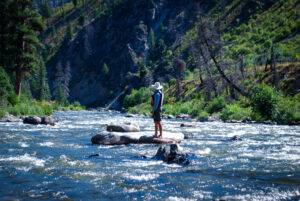
2. Hike in from the Trailheads
In addition to floating the Middle Fork of the Salmon river, you can access the Frank Church Wilderness is to hike in from one of the many trailheads that provide access to the wilderness area. Popular trailheads include the Boundary Creek boat launch or Dagger Falls Campground. Hikers can choose from a variety of trails that range from easy day hikes to multi-day backpacking trips.
The trails in the wilderness are well-maintained, and many offer stunning views of the surrounding mountains and valleys. Along the way, hikers can enjoy a variety of wildlife, plant life, natural hot springs, and become fully immersed in the experience on a very intimate level! Hiking, or backpacking is a great way to experience the Frank Church Wilderness!

3. Fly-In
For those who want to explore remote areas of the Frank Church Wilderness that are inaccessible by car or on foot, chartering a flight into one of the wilderness airstrips is a great option. There are several airstrips located throughout the wilderness area that allow adventurous people to access the most remote and rugged areas. Additionally, some of these areas provide access to basically untouched waters that sustain healthy numbers of Westslope cutthroat and native bull trout.
Chartering a flight is a great way to experience the wilderness and explore areas that few people have ever seen. Visitors can see the wilderness from above and get a sense of the vastness and beauty of the area.
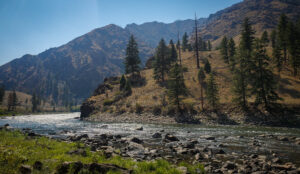
4. Horseback Riding
Many visitors to the Frank Church Wilderness choose to explore the area on horseback. Horseback riding is a great way to cover a lot of ground and to access areas that are difficult to reach on foot. There are several outfitters that offer guided horseback trips into the wilderness. Riding on horseback through the wilderness offers a unique and immersive experience. Visitors can see the landscape from a different perspective and can experience the wilderness at a slower pace.
Closing Thoughts
Ultimately, hiring a professional outfitter can relieve stress by taking out the guesswork. Outfitters offer expert guidance, access to specialized equipment and supplies, and knowledge of the best places to see wildlife and experience the area’s beauty. By hiring a professional outfitter, visitors can explore the beauty of the wilderness with confidence, knowing that they have the support of a knowledgeable guide.
Are you an angler, hunter, or adventurer looking for expert advice on planning unforgettable experiences? Look no further than Got Fishing! With a wealth of information and resources available, Got Fishing is a top choice for adventurers of all experience levels. Visit gotfishing.com to learn more and start planning your next big adventure!


